Swimming for Fitness, Combat and Lifesaving Applications
Swimming for Fitness, Combat and Lifesaving Applications
As we continue to build our article library on diving, I’d like to branch off with a few articles on the basic principles of swimming, how our military uses it and why you should work it into your exercise regimen.
Today we’ll be addressing some core information on swimming as a skill-set and looking at combat, lifesaving and fitness applications.
Why Swimming?
Swimming is more than what some think of as monotonous laps; it’s first and foremost an excellent source of cardiovascular exercise. Secondly, you could potentially be in the situation where you have to rescue someone from the water or swim to safety; It’s also a definite pre-requisite for diving.
If that doesn’t convince you, try this. Around 70% of the Earth is water, so what are the odds that you’ll be in a situation where you’ll be near some? Probably pretty good, so becoming comfortable in the water just makes sense.
Military Applications
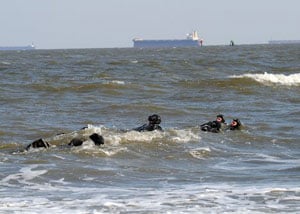 While I don’t have much experience with other branches of the service, I know first hand that the Navy requires all potential Sailors to be able to pass a third-class swim test, which consists of a deep water jump from a platform, 50-yard swim (using any stroke) and a 5-minute prone float. This basically assures the Navy that a Sailor can jump from a ship and float if necessary.
While I don’t have much experience with other branches of the service, I know first hand that the Navy requires all potential Sailors to be able to pass a third-class swim test, which consists of a deep water jump from a platform, 50-yard swim (using any stroke) and a 5-minute prone float. This basically assures the Navy that a Sailor can jump from a ship and float if necessary.
Going to BUD/s (Basic Underwater Demolition/SEAL training) I had to pass more comprehensive swimming tests both before BUD/s and during. During the PST (Physical Screening Test) you’re required to swim 500 yards using Sidestroke and/or Breaststroke under 12:30 along with other physical requirements. Here are a few of the other water evolutions I encountered while at BUD/s: 50 Meter Underwater Swim Test, Underwater Knot Tying Test, Lifesaving test, Drown Proofing Test, 2 Nautical-Mile Timed Ocean Swims, 5.5 Nautical-Mile Ocean Swim, Pool Comp (pool competency) Test.
The reason I mention all of these BUD/s evolutions is to show just how much SEAL candidates go through and what they’re capable of after becoming SEALs. While most everyone will never need to build their skill-sets to incorporate many of these challenges, the underlying goal is total comfort in the water under any circumstance.
While many of these principles are integrated by SEALs during MAROPS (Maritime Operations), the true utilization of swimming is through the Combat Side Stroke or CSS taught during BUD/s. During MAROPS a Zodiac F-470, SDV (SEAL Delivery Vehicle) or other delivery vessel may only be able to get so close to shore to drop off combat swimmers; that distance must either be covered underwater using a Closed-Circut Rebreather like the Draeger LAR-V, or by surface swimming utilizing CSS and possibly towing your ruck behind you.
Lifesaving Applications
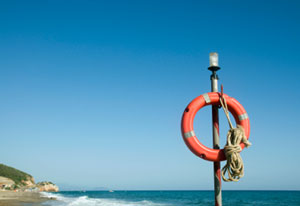 I’m a certified Lifeguard through the Boy Scouts of America for my son’s Scout Troop and while the BSA’s instruction is nowhere near as involved as the lifesaving I learned during BUD/s, the basics are still there and just as applicable in a lifesaving situation.
I’m a certified Lifeguard through the Boy Scouts of America for my son’s Scout Troop and while the BSA’s instruction is nowhere near as involved as the lifesaving I learned during BUD/s, the basics are still there and just as applicable in a lifesaving situation.
Becoming a Lifeguard and staying certified is a tremendous skill-set to have and will keep you sharp if you ever find yourself in a rescue situation. What’s important to remember about lifesaving is that while it’s important to know how to swim quickly to a victim to rescue them, you want to avoid contact with them at all costs. The fastest way to render your aid useless is to get dragged down by a drowning victim.
Fitness Applications
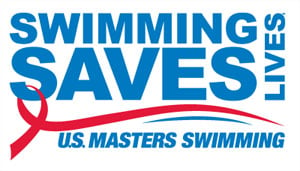 While it’s sometimes mind-numbing to choose to swim circles in a pool, you can’t beat the cardio benefit that swimming provides. It doesn’t have to all be pool swims either, something we’ll be talking about in detail soon is swimming with fins (not flippers!). If you have a lake near you, a buddy and a kayak it can make for a great afternoon of swimming distance and working on a tan while you take turns kayaking and swimming.
While it’s sometimes mind-numbing to choose to swim circles in a pool, you can’t beat the cardio benefit that swimming provides. It doesn’t have to all be pool swims either, something we’ll be talking about in detail soon is swimming with fins (not flippers!). If you have a lake near you, a buddy and a kayak it can make for a great afternoon of swimming distance and working on a tan while you take turns kayaking and swimming.
The point being, get out in the water wherever you can and get comfortable in it. If you’ve never been around the water and have no experience swimming it’s nothing to be ashamed of at all. Check with your local YMCA or college and find some swim lessons to get involved in.
There’s also Masters Swimming programs throughout most cities in the US. Don’t let the name fool you either, Masters Swimming is simply an adult swimming program that promotes health and fitness. In no way does it mean that you need to be a pro to participate. It can be a great to find a group of people that enjoy swimming for fitness and get in on their workouts. The US Masters Swimming Website also has a list of programs available to you by state, so check them out.
A disclaimer I need to add in here is that the water is a dangerous place, even for someone like me who’s grown up around it and been well trained in all aspects of it. Truth be told as comfortable as I am in the water, I know what it’s capable of, particularly the ocean. Always swim with a buddy or under the supervision of a certified Lifeguard.
Future Articles
Over the next few articles we’ll be going in-depth with what strokes are most effective for short distance and long distance swimming, hypoxic swimming to increase your breath holds, how to become more comfortable in the water and some lifesaving techniques.
I hope you enjoyed the introduction and be sure to throw up any questions you might have.






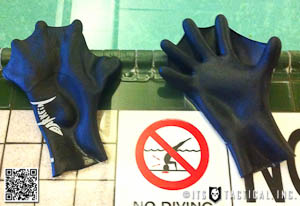
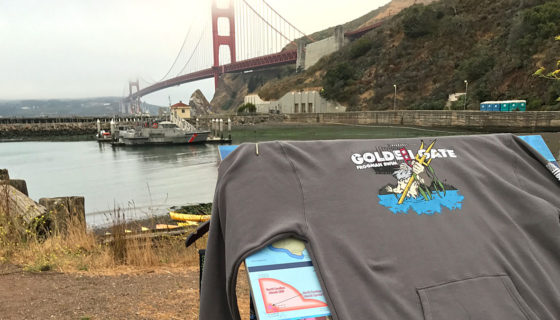
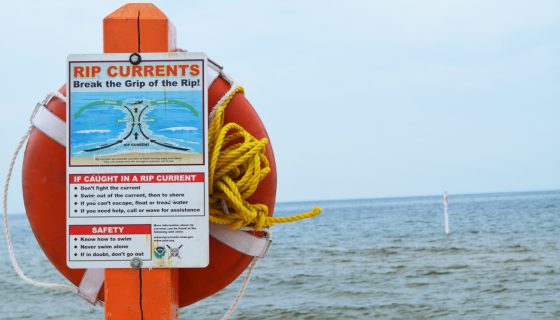
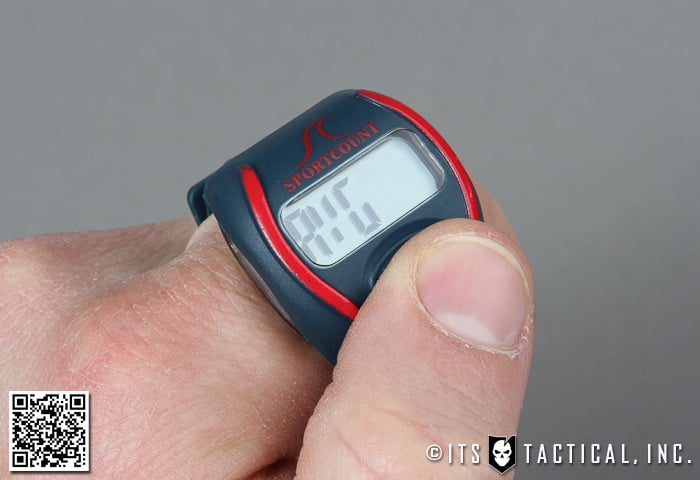

Discussion